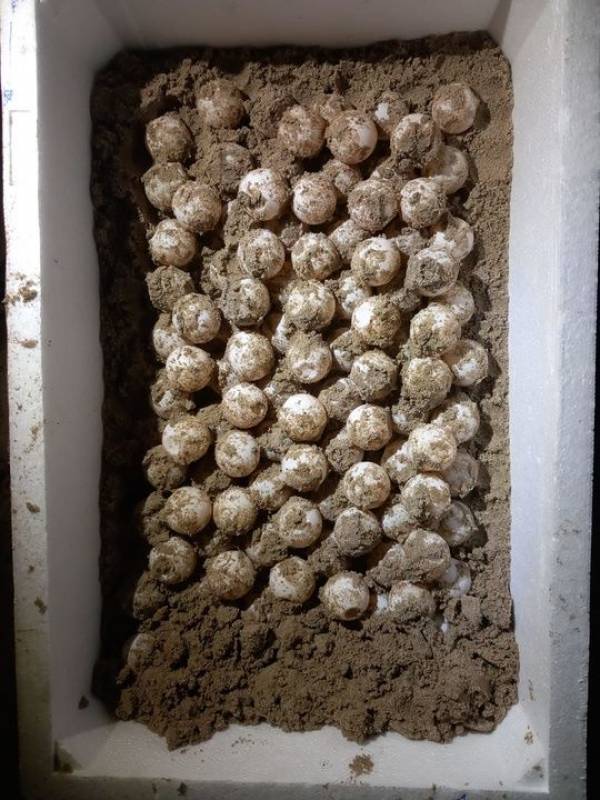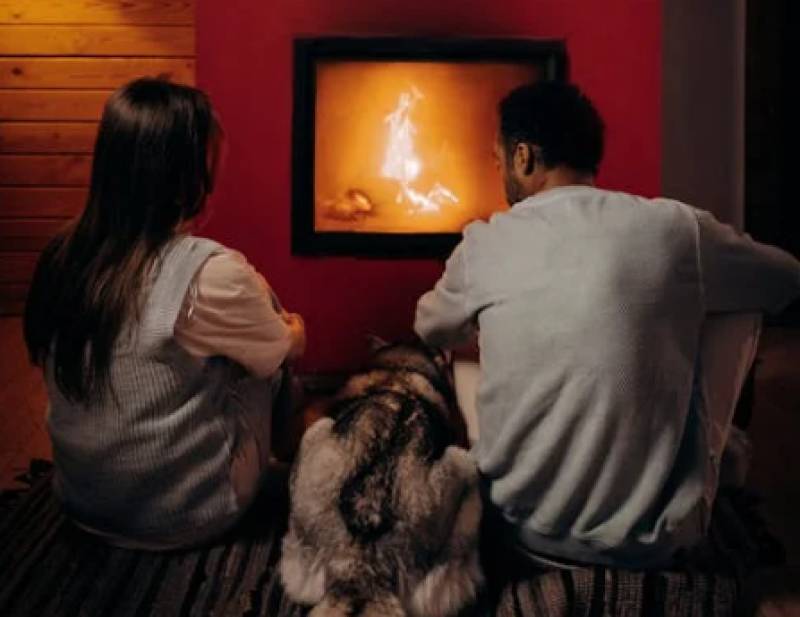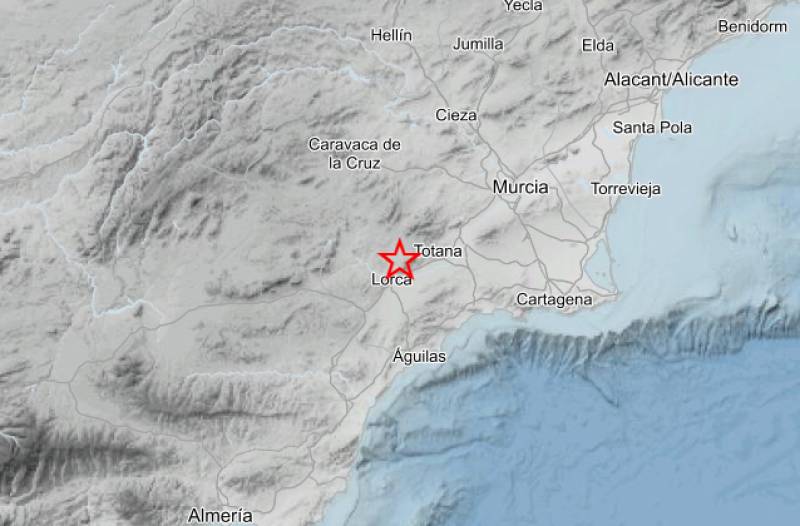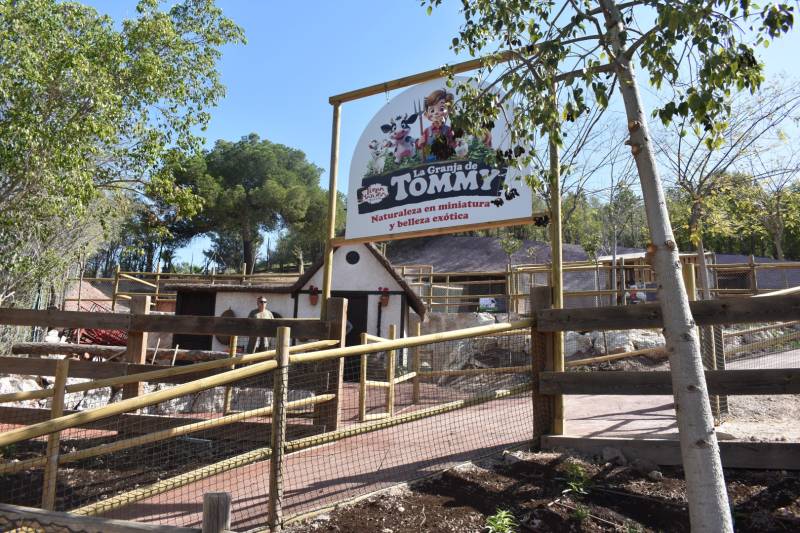- Region
- Águilas
- Alhama de Murcia
- Jumilla
- Lorca
- Los Alcázares
- Mazarrón
- San Javier
-
ALL AREAS & TOWNS
- AREAS
- SOUTH WEST
- MAR MENOR
- MURCIA CITY & CENTRAL
- NORTH & NORTH WEST
- TOWNS
- Abanilla
- Abarán
- Aguilas
- Alamillo
- Alcantarilla
- Aledo
- Alhama de Murcia
- Archena
- Balsicas
- Blanca
- Bolnuevo
- Bullas
- Cañadas del Romero
- Cabo de Palos
- Calasparra
- Camping Bolnuevo
- Campo De Ricote
- Camposol
- Canada De La Lena
- Caravaca de la Cruz
- Cartagena
- Cehegin
- Ceuti
- Cieza
- Condado de Alhama
- Corvera
- Costa Cálida
- Cuevas De Almanzora
- Cuevas de Reyllo
- El Carmoli
- El Mojon
- El Molino (Puerto Lumbreras)
- El Pareton / Cantareros
- El Raso
- El Valle Golf Resort
- Fortuna
- Fuente Alamo
- Hacienda del Alamo Golf Resort
- Hacienda Riquelme Golf Resort
- Isla Plana
- Islas Menores & Mar de Cristal
- Jumilla
- La Azohia
- La Charca
- La Manga Club
- La Manga del Mar Menor
- La Pinilla
- La Puebla
- La Torre
- La Torre Golf Resort
- La Unión
- Las Palas
- Las Ramblas
- Las Ramblas Golf
- Las Torres de Cotillas
- Leiva
- Librilla
- Lo Pagan
- Lo Santiago
- Lorca
- Lorquí
- Los Alcázares
- Los Balcones
- Los Belones
- Los Canovas
- Los Nietos
- Los Perez (Tallante)
- Los Urrutias
- Los Ventorrillos
- Mar De Cristal
- Mar Menor
- Mar Menor Golf Resort
- Mazarrón
- Mazarrón Country Club
- Molina de Segura
- Moratalla
- Mula
- Murcia City
- Murcia Property
- Pareton
- Peraleja Golf Resort
- Perin
- Pilar de la Horadada
- Pinar de Campoverde
- Pinoso
- Playa Honda
- Playa Honda / Playa Paraíso
- Pliego
- Portmán
- Pozo Estrecho
- Puerto de Mazarrón
- Puerto Lumbreras
- Puntas De Calnegre
- Region of Murcia
- Ricote
- Roda Golf Resort
- Roldan
- Roldan and Lo Ferro
- San Javier
- San Pedro del Pinatar
- Santiago de la Ribera
- Sierra Espuña
- Sucina
- Tallante
- Terrazas de la Torre Golf Resort
- Torre Pacheco
- Totana
- What's On Weekly Bulletin
- Yecla


- EDITIONS:
 Spanish News Today
Spanish News Today
 Alicante Today
Alicante Today
 Andalucia Today
Andalucia Today
Date Published: 24/07/2024
Endangered turtle lays over 100 eggs at La Manga del Mar Menor beach
Some of the eggs have already been transferred to the wildlife recovery centre to help them to hatch
 In another coup for Murcia’s conservation efforts, an endangered loggerhead turtle successfully laid a total of 101 eggs in La Manga del Mar Menor in the early hours of Tuesday morning.
In another coup for Murcia’s conservation efforts, an endangered loggerhead turtle successfully laid a total of 101 eggs in La Manga del Mar Menor in the early hours of Tuesday morning.This is the first turtle nesting of the year in Murcia and comes barely a month after the failed attempt that took place between Cabo de Palos and the beginning of La Manga, and comes just days after another successful turtle nesting in Torrevieja.
It was in the area of El Pedrucho where the turtle came ashore, at the busy kilometre 5 of La Manga. It was witnessed by environmental officer Jesús Sánchez, head of the district in Caravaca, from his balcony in the Bellavista urbanisation while he was on holiday.
“I immediately called my colleagues at the Forestry Coordination Centre to activate the protocol and get the vet to come. I also called the local police because a lot of people crowded round and the beach had to be cordoned off. The turtle must have 50 or 60 metres of separation from people. If not, it may not be able to lay its eggs,” said Jesús.
After the security perimeter was established, the turtle was able to continue its nesting process, which lasted for “about an hour and a half” and when it finished it “calmly returned to the sea”. Later, most of the clutch of eggs was moved to a less busy area at kilometre 15.
Ten of the eggs were taken to the Centro de Recuperación de Fauna Silvestre de El Valle, the wild animal recovery centre.
Turtle hatching usually takes about two months, so it is expected that these loggerhead turtle hatchlings will hatch in mid-September.
Since 2019, 125 loggerhead turtle hatchlings have been recorded in the Region of Murcia, of which 118 have been returned to the wild, all with identification chips, and the last twenty with GPS geolocation transmitters to study their migratory habits.
“This is good news for the Region of Murcia, to continue with this programme that also allows us to know the development of a species that is threatened,” said the Regional Minister for the Environment, Universities, Research and the Mar Menor, Juan María Vázquez Rojas, at a press conference held on Tuesday.
Vázquez assured that surveillance will be permanent from now on in the area where the eggs are buried under the sand and enclosed by a square wooden structure covered with a net. It is of vital importance to protect them in order to ensure they hatch successfully.
Protecting endangered species
Efforts to conserve this species are also demonstrated in the ‘Territorio Tortuga’ project, a Community awareness campaign to raise awareness of the importance of protecting this critically endangered animal.
Female loggerhead turtles, which come out to lay their eggs at night, are very sensitive to lights and other disturbances. This is why knowing how to act if you encounter a turtle is key, especially since loggerhead turtles lay their eggs between June and September, when the beaches are busier.
Experts advise avoiding shining any lights at the turtle, keeping a distance of at least 20 metres, and calling 112 to get the police to come. Even if you just see turtle tracks in the sand, you should still call 112 and not to step on the tracks at all.
Since 2019, five nests have been detected and experts have noted an increase in nesting on the Mediterranean coast in recent years. Something remarkable about this latest laying, compared to those of the previous year, is that the number of eggs has doubled, from 50 to 100 in this case.
Last Wednesday, the Community returned another 20 loggerhead turtles to the sea with GPS geolocation transmitters in order to study their migratory patterns. This new consignment completes the programme of 50 releases planned for this year with animals from the El Valle Wildlife Recovery Centre in Murcia, bringing the total number of releases over the last ten years to 153.
Before being transferred back to the wild from the El Valle centre, the turtles were given a sort of ‘training’ at the Oceanogràfic in Valencia, where they received special care to improve their musculature and increase their chances of survival in the wild.
This technique, known as ‘headstarting’, has proven to be effective in preparing the turtles before they are reintroduced into their natural habitat.
La Manga was also the scene of nine unsuccessful attempts to lay turtles in 2023, as evidenced by the traces found on the beaches, and there were two more unsuccessful attempts in Águilas and the Calblanque Regional Park.
There was, thankfully, a successful egg laying last year in Isla Plana.
Image: CARM
Loading
See more news about animals in Spain:
OR
Sign up for the Spanish News Today Editors Roundup Weekly Bulletin to get a comprehensive email with all the week’s news for Spain, Murcia, Alicante and Andalucía.
Get a sneak peek – here are a few of our recent Subscription Bulletins:
Discount Special Offer subscription:
36.95€ for 48 Editor’s Weekly News Roundup bulletins!
Please CLICK THE BUTTON to subscribe.
Contact Murcia Today: Editorial 000 000 000 /
Office 000 000 000

































